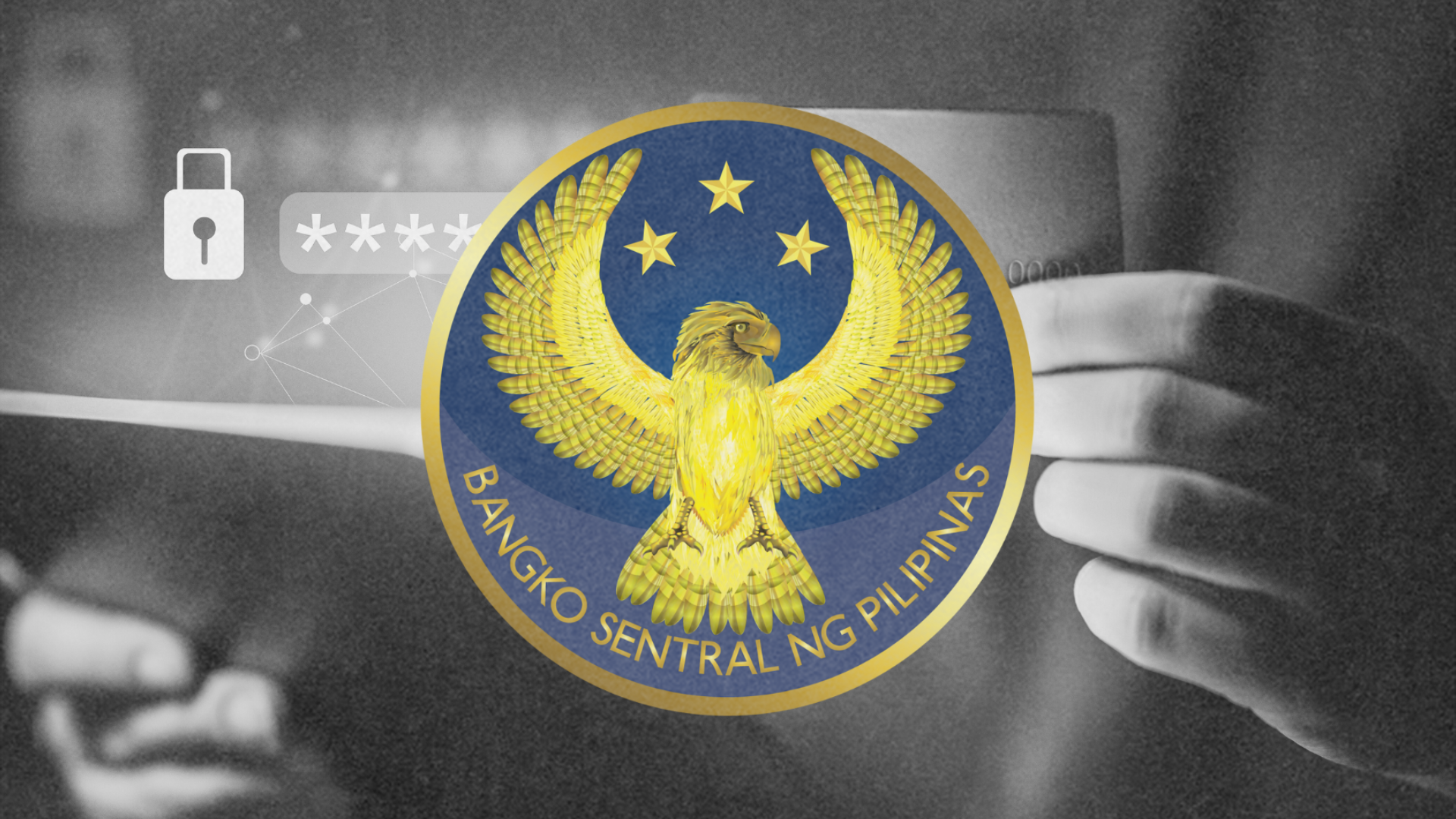
Security professionals agree that the incident involving Mayor Jun-jun Binay’s convoy in Dasmariñas Village, Makati just compromised his security and the security of the village. Here are some lessons from the incident:
Lesson 1: Coordination could have saved everyone the trouble.
Dr. Joey Acedera, a Certified Security Management Specialist and CEO of Securiforce Security Services, said to SecurityMatters that the incident “could have been avoided had [Binay’s] security detail done their jobs correctly.”
Acedera explained that it should have been standard procedure for the high profile politician’s security detail to deploy an advance party to facilitate the fast and safe passage of the VIP from the point of origin to the point of destination while utilizing every available means possible. And this means coordinating with the village security involved.
Meanwhile, Ace Esmeralda, SecurityMatters Editor in Chief, wrote in his column that, “A quick and simple coordination with the village office could have accorded the mayor and the senator courtesies due them.”
Lesson 2: A convoy not moving is a sitting target.
In the video released by the Philippine Daily Inquirer, it was evident that the convoy that tried to pass the gate stopped for 15 minutes while trying to wiggle its way out of the village – through intimidation. This could have proven fatal for Binay.
Esmeralda said that the detail “exposed the mayor and the senator for 15 minutes to a potential shoot-out instead of extricating the convoy out of the scene.” Esmeralda added that “the lead car entrapped itself in front of the boom barrier, guard house, and steel gate. The other drivers parked their vehicles too close to each other that they cannot simply maneuver without backing up.”
Acedera emphasized that “the moment that the VIP’s convoy met resistance, they should have diverted immediately to the nearest and safest alternate route as part of their contingency plan.”
Acedera, pointing out to the blunder of Binay’s security detail, added that “the protective agents involved should not have allowed fifteen minutes and eight seconds to lapse before they unhooked themselves from the area. That length of time could have proven fatal if they were a target for assassination.”
Lesson 3: Binay just put himself at risk (and in a PR nightmare)
Mayor Binay was put in greater risk the moment he stepped outside his vehicle. This was aggravated by his security detail, which failed to secure the perimeter but instead took their time and gave their full attention to manhandling the village guards. The latter proved fatal to the public image of not only their client, the mayor, but that of his sister’s (the senator) and their father’s (the vice president) as well.
Acedera explained, “The team leader of the protective agents should not have allowed his principal to disembark from the vehicle and engage the guards in a verbal altercation because the agents’ duties are not limited to the physical protection of the VIP but also extend to the protection of the VIP’s public image.
Esmeralda also noticed that “the security escorts failed to secure their perimeter the moment the convoy was stopped and especially after the mayor alighted”. He also noted that the detail “revealed that they moved around with unloaded weapons.”
Lesson 4: Security answers to management.
Security agencies are answerable to their clients – the management of the establishment, institution or village they are giving protective services. They cannot issue any statement on matters of security without the approval or consent of management.
Acedera said that “the security operator who has direct jurisdiction over the involved security guards should have stood by his men instead of quickly issuing an apology to the politician. On the contrary, he should have been the one who demanded an apology from the politician.”
Esmeralda said, “The village made it an absolute rule and the guards held their ground to keep their jobs. The guards chose to obey the rules of the one that pays their salaries. It’s the village paying their agencies, and not the people in the convoy.”
Esmeralda on the agency’s statement on the incident said, “The agency, represented by its owners or management, cannot speak for the village and for the Homeowners’ Association. The agency should not contradict the statement and position of the village homeowners, especially in public.”
Lesson 5: Strictness of guards is commendable and an important element to security.
Acedera said that “the village guards were just diligently doing their duty. There were no signs of imminent threat to life or property – as in the case of medical emergencies or fire – neither immediately before nor during the incident that would have warranted the VIP’s convoy to pass through an unauthorized exit.”
Acedera added that “I believe that the security guards involved should be exonerated from the incident.”
Esmeralda said that “based on the video and published statements of stakeholders, I believe the security guards followed to the letter their post duties and responsibilities.” He also questioned the involvement of the Makati City Police for the unlawful arrest and detention of the guards. Esmeralda said, “The mayor and the police are mandated to uphold the rule of law, not to settle and forget such incident that also compromised the security of the village.”






One response to “5 Lessons in Security from the Binay Convoy-Dasmariñas Guards Incident”
Nice article